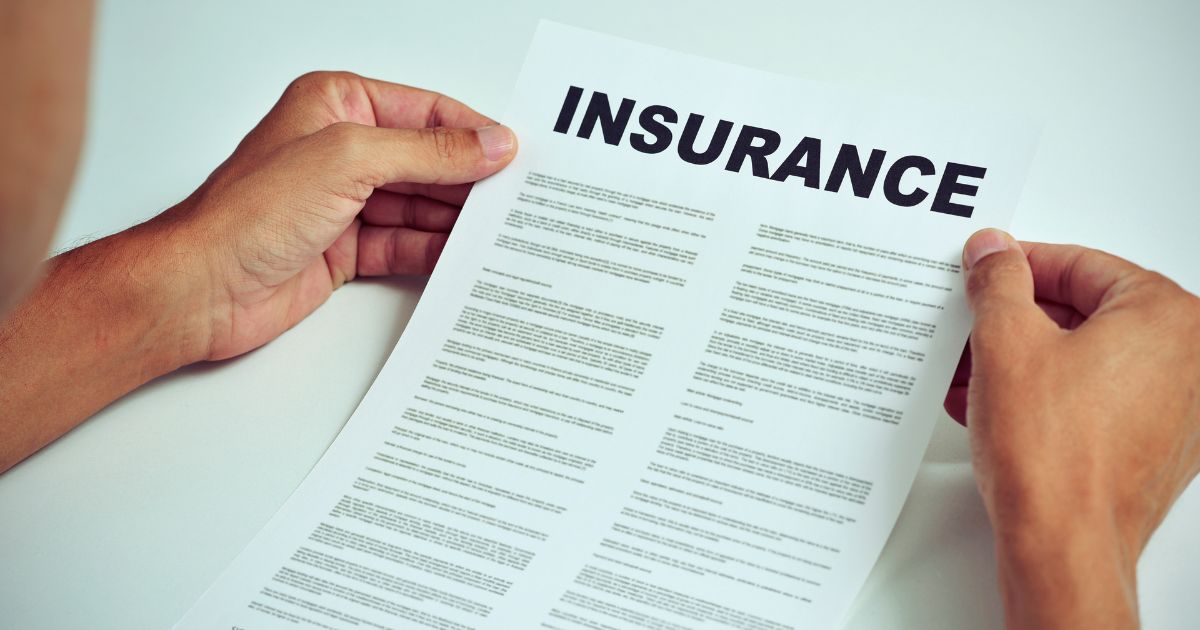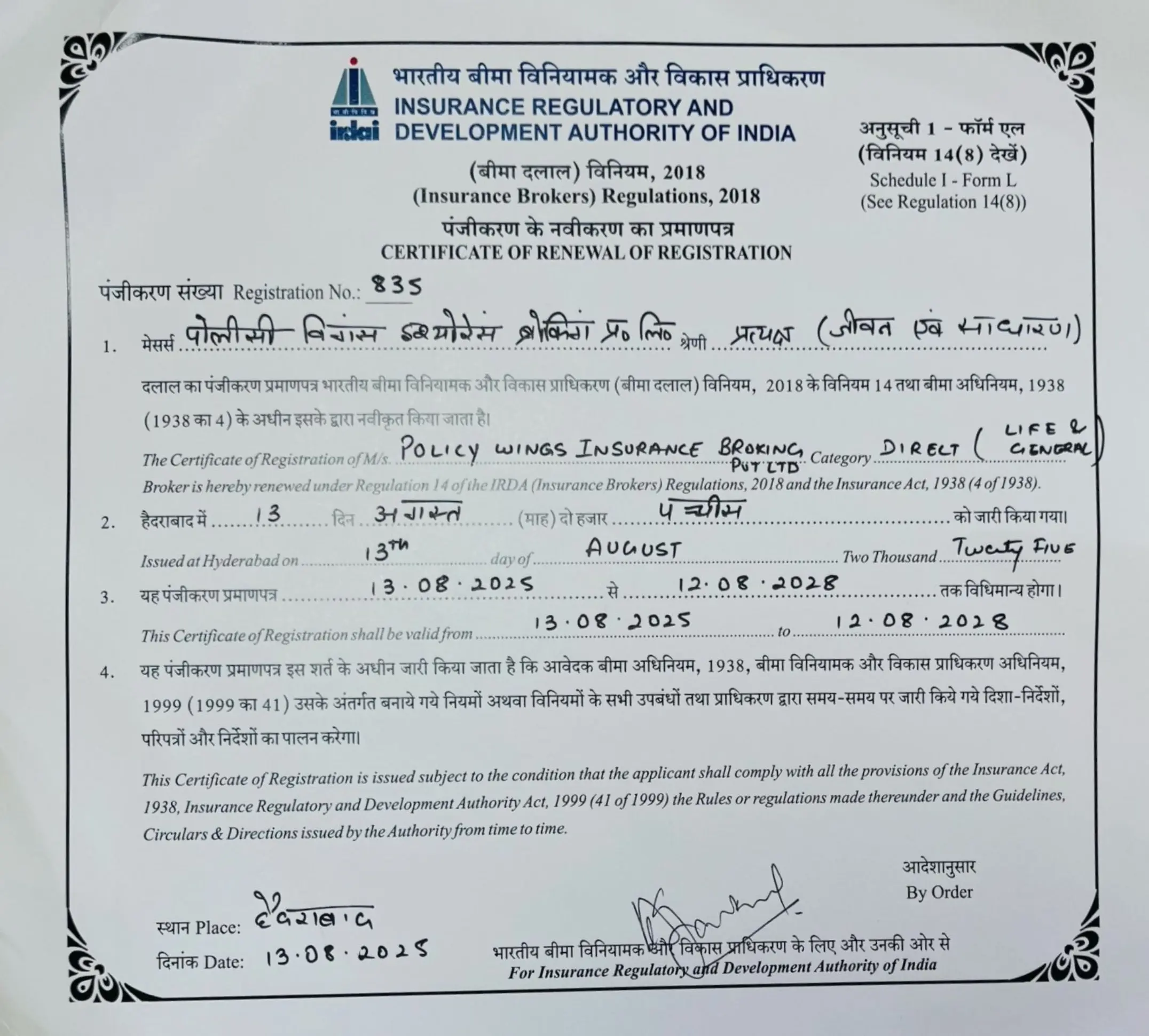Introduction
In 2025, business insurance will be a vital component of sustainable growth for Indian SMEs. Due to increased operational risks, more stringent compliance requirements, and an unstable economic climate, SME insurance is now a necessity for both legal compliance and business continuity in India.
India’s GDP and employment are greatly influenced by small and medium-sized businesses. However, operations may be severely hampered by their susceptibility to losses, whether from cyber incidents, employee injuries, lawsuits, or natural disasters. Financial protection and strategic resilience are offered by the appropriate insurance policies that are in line with Indian legal and regulatory frameworks.
Table of Contents
Toggle1. Property and Fire Insurance
For SMEs, safeguarding physical assets like buildings, machinery, stock, and equipment is the first line of defence. Damage from fire, explosions, storms, floods, riots, and burglaries is usually covered by property and fire insurance policies.
Legal background: In accordance with the 1938 Insurance Act, all general insurance contracts in India are required to follow IRDAI regulations, guaranteeing that the terms of the policies satisfy legal requirements. To prevent disagreements over claim settlements, SMEs should make sure their policies contain the “Standard Fire and Special Perils” clause in accordance with regulatory standards.
2. Business Interruption Insurance
Even if physical damage is fixed, a business may become unstable due to lost revenue during downtime. When a business is unable to function because of insured events such as fire, flood, or significant equipment failures, business interruption insurance covers fixed operating costs and makes up for lost profits.
By guaranteeing that the insured is put back in the same financial situation as before the loss, this policy complies with the commercial principle of indemnity recognised by Indian contract law.
3. Liability Insurance (General and Professional)
Years of profit can be lost due to a single liability claim. If a third party sustains physical harm, property damage, or financial loss as a result of your business operations, liability insurance will pay for the associated legal fees and damages.
Professional liability insurance (errors and omissions coverage) is essential for service-based SMEs, while general liability insurance is essential for companies that deal with the public. The duty of care principle has been consistently upheld by Indian courts; tort law cases demonstrate that negligence can result in significant compensation awards even in the absence of contractual privity.
4. Worker’s Compensation and Employee Protection
Eligible employers are required by the Employee’s State Insurance Act of 1948 to offer covered employees dependent, maternity, disability, and medical benefits. Many SMEs, however, are not covered by ESI or hire employees who don’t fit the requirements.
Worker’s compensation insurance is crucial in these situations. Medical costs, disability benefits, and compensation for fatalities or injuries sustained on the job are all covered. Additionally, it lessens the possibility of legal action under the Employee’s Compensation Act, 1923, which is still applicable in some situations.
5. Cyber Liability Insurance
SMEs are increasingly at risk from ransomware, phishing, hacking, and data breaches as digital adoption picks up speed. Costs associated with data recovery, business interruption brought on by cyberattacks, legal liabilities, and regulatory fines under new data protection laws in India are all covered by cyber liability insurance.
Businesses that handle personal data will be subject to more stringent requirements under the upcoming Digital Personal Data Protection Act. In order to mitigate the financial and reputational harm caused by non-compliance or security breaches, cyber insurance will be essential.
6. Marine Cargo and Transit Insurance
Loss or damage to goods during transit can put SMEs involved in manufacturing, distribution, or exporting under a lot of financial strain. Marine cargo and transit insurance protects products from risks like theft, natural disasters, and accidents while they are being transported by air, sea, rail, or road.
The terms of a contract may determine a seller’s or buyer’s liability for goods during transit under the Indian Contract Act, 1872. Contractual obligations can be fulfilled without suffering financial loss thanks to transit insurance.
The Marine Insurance Act, 1963, which codifies the principles of indemnity, insurable interest, and utmost good faith for goods in transit, governs marine cargo and transit insurance in India. This Act ensures SMEs can recover financial losses in accordance with statutory provisions by providing the legal framework for claims pertaining to loss, damage, or delay during transportation by road, rail, air, or sea.
7. Group Health and Personal Accident Insurance
Productivity and retention are directly impacted by employee well-being. While group personal accident policies offer compensation for unintentional death or disability, group health insurance covers hospitalisation and medical expenses.
Such policies, though not always required, assist SMEs in meeting changing labour welfare standards and boost employee morale, which lowers turnover and increases loyalty.
What’s the Significance of These Policies in 2025
- Adherence to Regulations
SMEs need to make sure that their insurance policies comply with statutory benefit obligations, industry-specific compliance requirements, and IRDAI regulations. For instance, penalties, back payments, and legal action may follow noncompliance with laws requiring employee benefits. - SMEs have Low Insurance Penetration
Less than 10% of Indian SMEs have sufficient insurance coverage, despite their significant economic impact. Millions of businesses are exposed to risks that could result in insolvency as a result of this underinsurance. - The Changing Environment of Risk
The risks that SMEs face have increased dramatically as a result of supply chain disruptions, cyber threats, climate change, and geopolitical unpredictability. Comprehensive, tailored risk coverage is now required; traditional insurance methods are no longer sufficient. - Resilience in Business
In addition to providing loss protection, insurance promotes continuity, enhances creditworthiness, and fosters confidence among lenders, investors, and clients. These days, a lot of lenders and supply chain partners require SMEs to keep certain insurance coverages as part of their contractual duties.
Important Lessons for Small Business Owners
- Perform a risk assessment by mapping the risks unique to your industry, such as cyber threats, operational disruptions, and legal liabilities.
- When possible, bundle policies: Better coverage can be obtained at competitive prices with comprehensive SME packages.
- Examine your compliance requirements: Check to see whether your operations are subject to Workmen’s Compensation, ESIC, or sector-specific requirements.
- Keep abreast of IRDAI guidelines: Changes in regulations may have an impact on premium structures, claim procedures, and coverage terms.
- Train Your Group: Improved utilisation and fewer disputes result from knowledge of insurance benefits and claim processes.
Conclusion
In 2025, having the appropriate insurance coverage will protect Indian SMEs and promote their expansion. These seven policies provide a strong foundation for risk management, ranging from protecting tangible assets to guarding against cyber threats and employee liabilities.
SMEs may protect their financial stability and confidently concentrate on growing their businesses by coordinating insurance choices with Indian laws, regulatory standards, and the changing risk environment. Comprehensive insurance is now a calculated investment in survival and success rather than a safety net in a market where the only constant is uncertainty.







